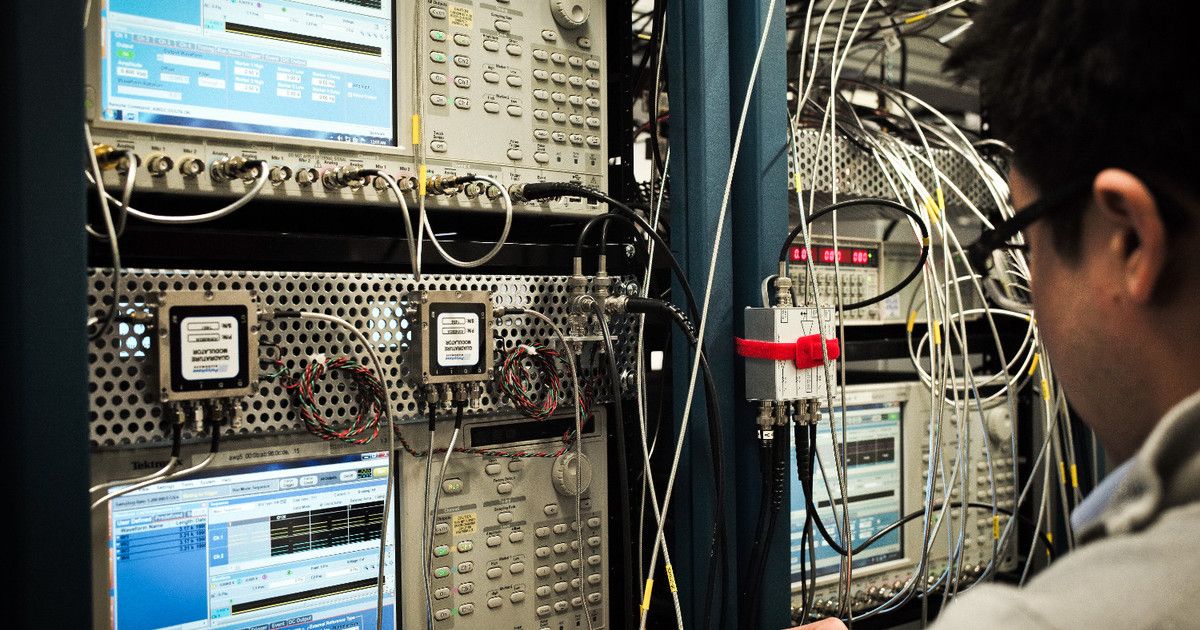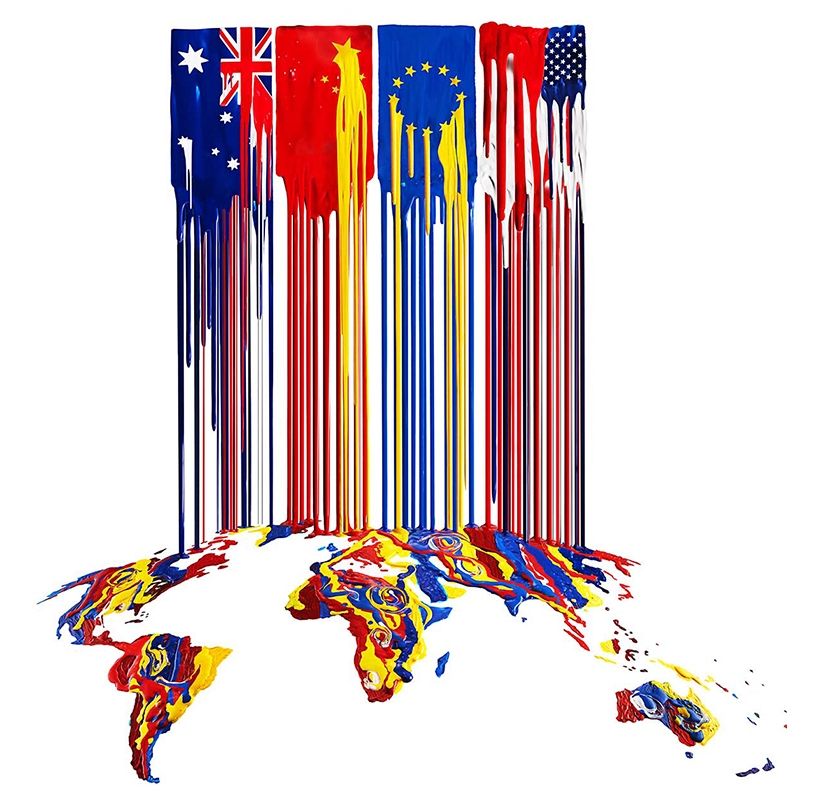Jul 11, 2016
Manoj Saxena talks Artificial Intelligence with Gigaom
Posted by Karen Hurst in categories: finance, health, robotics/AI, security
Nice chime on QC.
Manoj Saxena is the executive chairman of CognitiveScale and a founding managing director of The Entrepreneurs’ Fund IV (TEF), a $100m seed fund focused exclusively on the cognitive computing space.
Saxena is also the chairman of Federal Reserve Bank of Dallas, San Antonio branch and Chairman, SparkCognition an Austin based cognitive security and safety analytics company.
Continue reading “Manoj Saxena talks Artificial Intelligence with Gigaom” »
















